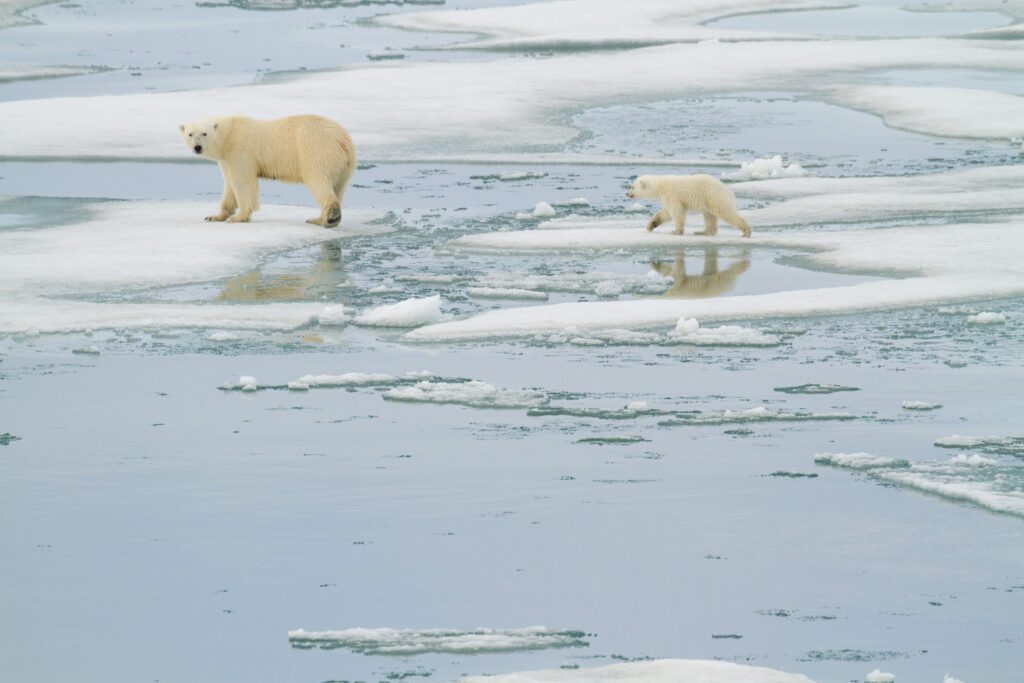This guest essay contributed by Dr. Thea Bechshoft, Conservation Programs Associate and Staff Scientist Polar Bears International, first appeared in our January 2023 edition of ZooNooz
It’s a little known fact that zoos can play an essential role in conducting research that helps polar bears in the wild. Many of the zoos and aquariums taking part in such efforts, including Seneca Park Zoo, are part of Polar Bears International’s Arctic Ambassador Center network. They work with us collaboratively on research, education, and advocacy programs that address the challenges polar bears face in a warming Arctic.
Research
Modern zoos and aquariums present a unique ability to help fill such knowledge gaps by having their bears take part in studies that can only be conducted in zoo settings. These studies are made possible partly because the highly skilled caretakers and vets at these institutions have the ability to train the animals to allow the collection of voluntary samples, but also because the animals in their care can be accessed multiple times over a longer duration. Both of these factors are immensely helpful, especially in studies that aim to enhance our understanding of polar bear physiology and behavior, and in developing and calibrating new research methods and technologies before they are deployed in the field.
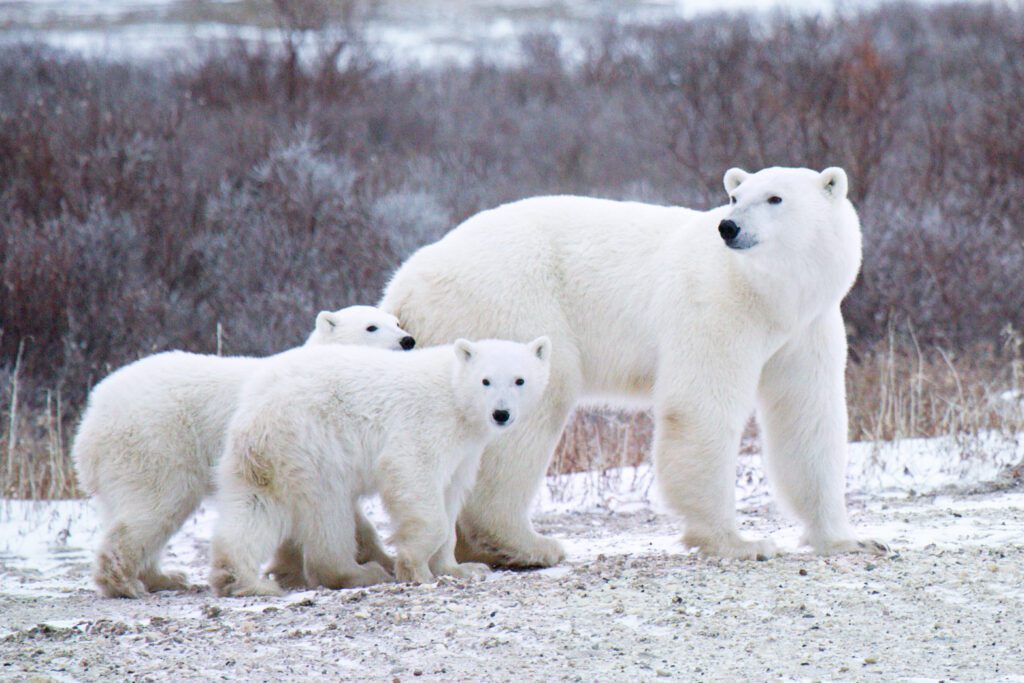

Several such studies are underway as we speak. For example, voluntary blood samples are being used to study how the bear’s reproductive hormones fluctuate across the entire calendar year. In addition, polar bears in zoos are helping us develop pregnancy tests, and voluntary hair samples are helping researchers understand the timing of hair growth on different body parts of the animal, which can provide insights into their diet and health. And recently, zoo bears have been helping us develop and test new attachment techniques for small tracking devices that will help us understand the movement patterns of polar bears in the wild. Earlier studies provided insights into the energy requirements of polar bears when swimming or walking and also helped solve the puzzle of how polar bears find mates on the vastness of the sea ice.
But how do zoos and aquariums prioritize research on polar bears and forge collaborations with field biologists? In 2018, Polar Bears International supported the efforts of the Association of Zoos and Aquariums in forming the Polar Bear Research Council (PBRC). Composed of zoo professionals and polar bear researchers, the council helps ensure zoo projects answer key scientific questions related to polar bears in the wild. The projects fall within four main areas – Field Techniques, Health and Welfare, Physiology and Behavioral Ecology, and Reproductive Physiology – and members can find them in the PBRC Research Masterplan, a living document that is revised regularly. (The latest version, released in January 2022, can be found on the Polar Bears International website).
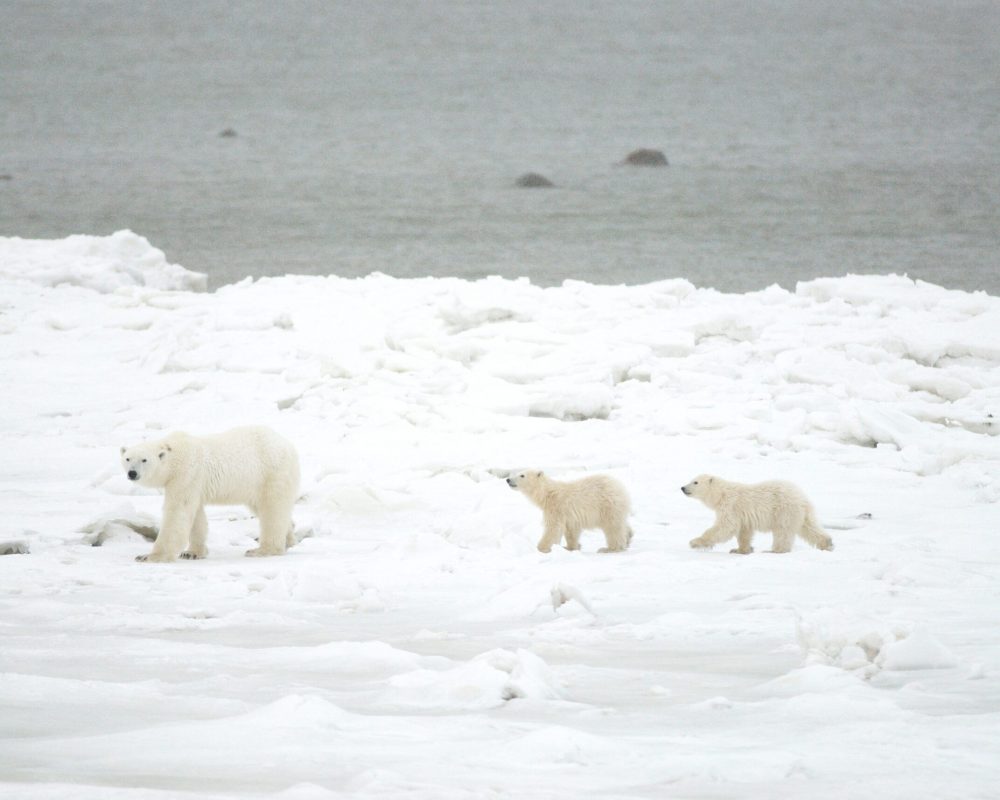

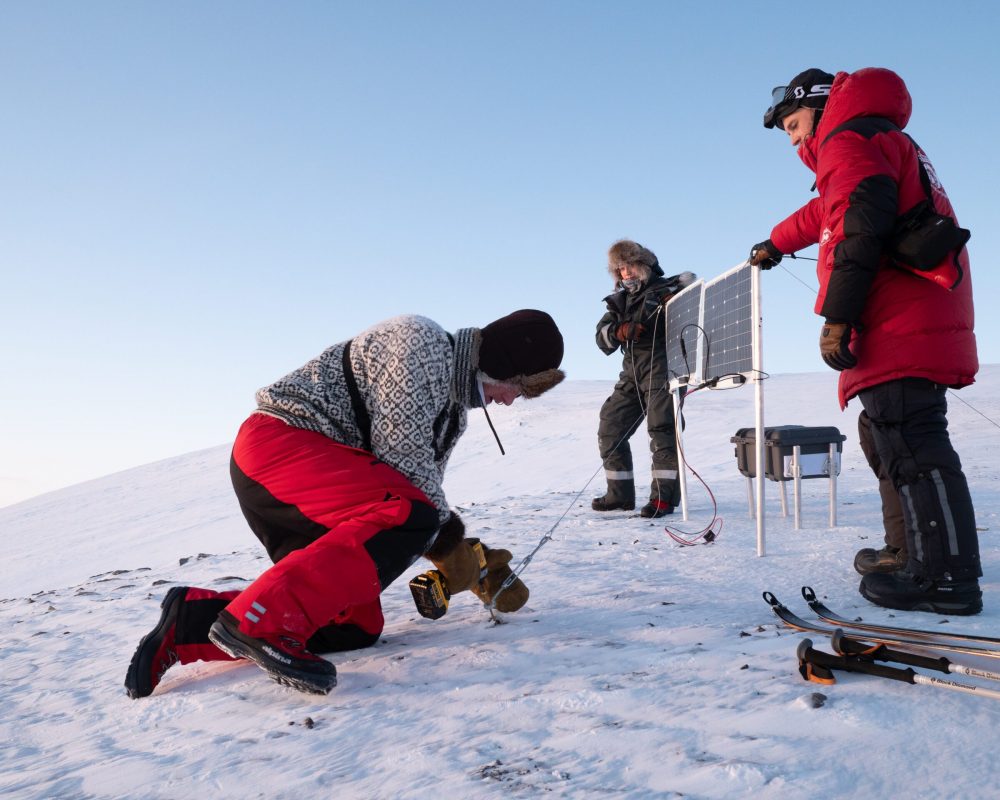

Funding
Polar bear fieldwork is often a financially challenging undertaking, even though most researchers are willing to live on a stone if that’s what it takes to be able to afford Arctic conservation projects. However, the unavoidable cost of transporting people and equipment in these remote regions can quickly max out any budget – especially when it comes to helicopters, which are essential to many projects. The high costs are true for any in-field polar bear researcher, including those working at and with Polar Bears International on our many projects around the circumpolar Arctic. Outside funding is essential to our ability to collect the data on wild polar bears that allows managers and policy makers to make science-based decisions on how to best protect these amazing animals.
Seneca Park Zoo has supported Polar Bears International’s maternal den study in Svalbard over multiple years as one of our generous sponsors. This study uses solar-powered trail cams to study polar bear moms and cubs non-invasively during this sensitive time in their life cycle. Our team arrives in late winter to set up the cameras on snowy mountain slopes in Svalbard, just ahead of the emergence of moms and cubs. The findings will help managers and policymakers establish the best possible guidelines to protect denning families. It will also help scientists understand the impact of climate warming on the survival rates of denning cubs and provide insights into the den-selection process.
“Zoo bears are perfect candidates to help with polar bear research because they already participate in many health-care behaviors voluntarily and seem to find those experiences enriching,” says Amy Cutting, Vice President of Conservation at Polar Bears International. “In addition to inspiring guests to take action on behalf of polar bears, zoos are helping conservationists find ways to save a species facing very serious threats to its survival. I am really proud of how the zoo community has come together over the last decade to make significant contributions to polar bear conservation science – and the Seneca Park Zoo has played an important role in that effort.”
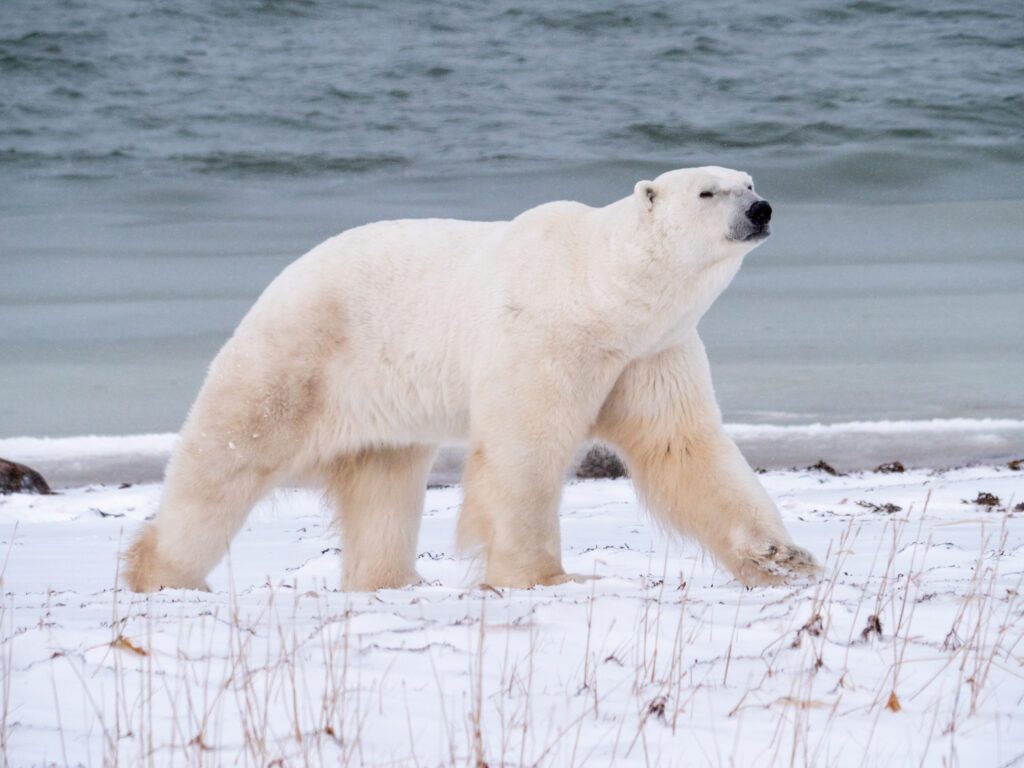

Ways you can help polar bears:
- Use educated consumerism – buy local products, follow the Seafood Watch Guide.
- Turn off lights when not in use. Replace old light bulbs with energy-efficient bulbs.
- Use proper trash receptacles for things that can’t be recycled. Don’t litter!
- Eliminate Styrofoam – it doesn’t decompose!6. Walk, cycle, carpool, or take public transportation.
- Save water by turning off taps when not in use and take shorter showers.
- Unplug appliances (toaster, hair dryer, laptop, etc.) when not in use.
- Turn off vehicles while waiting rather than idling.
- Turn your thermostat two degrees down in the winter and two degrees up in the summer.
- Avoid the dryer and hang your clothes to dry.
- Donate to the Zoo’s conservation partner, Polar Bears International.
- Assist in a community recycling event.
- Avoid single-use plastics such as straws, grocery bags, utensils, water bottles, and to-go drink lids.
- Plant a tree or garden. Your participation helps save polar bears!
- Come out to Polar Bear Awareness Weekend at the Zoo (Feb. 25 & 26) and/or Defend the Ice Night at the Rochester Amerks!

